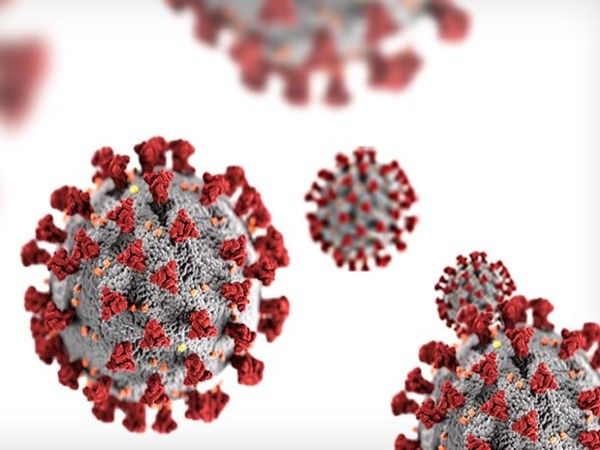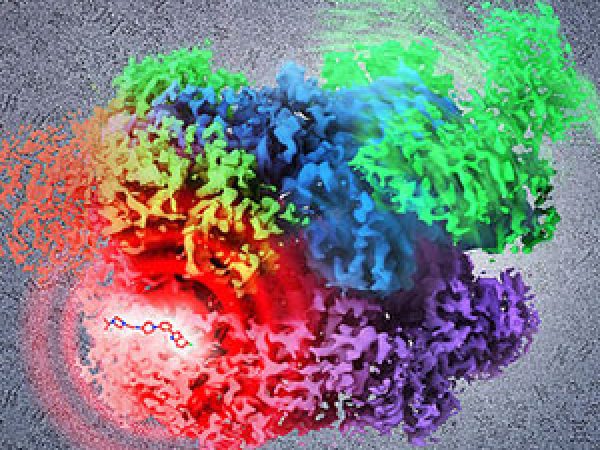As Summer Approaches, Protect Your Skin from the Sun
Temperatures are rising, and the beaches, lakes, and pools are beckoning. As we head into Memorial Day weekend, the National Council on Skin Cancer Prevention is providing its yearly reminder about Don’t Fry Day.
Exposure to ultraviolet (UV) rays from the sun is the number one risk factor for skin cancer. This Don’t Fry Day, here’s a reminder of some of the most effective ways to reduce this exposure while still enjoying outdoor fun.
- Wear protective clothing in the sun, including a hat that shades the face, neck, and ears.
- Plan outdoor activities early in the morning or late in the afternoon. The sun’s rays are strongest between 10 a.m. and 2 p.m.
- Wear sunglasses to protect eyes from UV light.
- Use a sunscreen with a broad spectrum sun protection factor (SPF) of 30 or higher and apply a generous amount to all exposed skin 15 to 20 minutes before going outdoors.
- Reapply sunscreen every two hours throughout the day, especially after swimming or sweating. Use sunscreen even on cloudy days.
- Avoid artificial sources of UV light, such as sunlamps or tanning beds.
- Remember this slogan: Slip, Slop, Slap®… and Wrap. This means “slip on a shirt, slop on sunscreen, slap on a hat, and wrap on some sunglasses.”
Another key component in skin cancer prevention is to examine the skin regularly. While most people have moles or other benign skin conditions, suspicious lesions or progressive changes in a lesion’s appearance or size should be examined promptly by a physician. This video, shared by the council, provides a useful primer on how professionals evaluate skin damage using standards known as the ABCDEs of melanoma.
While melanoma is the most deadly type of skin cancer, it is relatively rare, representing fewer than 5 percent of all U.S. skin cancer diagnoses. More common types of skin cancer include basal cell carcinoma and squamous cell carcinoma. To mark Skin Cancer Awareness Month, here are some of the key characteristics of these three main types of the disease.
Melanoma

This year in the United States, about 99,780 people are expected to be diagnosed with melanoma, according to the Surveillance, Epidemiology, and End Results Program. Melanoma incidence is increasing, with U.S. cases rising about 1.2 percent per year from 2010 to 2019.
Survival rates for melanoma vary dramatically depending on the stage at diagnosis. For patients diagnosed when the disease is localized, five-year survival rates are over 99 percent. However, for those who are diagnosed with metastatic melanoma, meaning the cancer has spread to other organs, five-year survival is only 31.9 percent.
As with many types of cancer, Black Americans experience worse outcomes from melanoma, with an overall five-year survival rate of 66.2 percent, compared with 90.1 percent for whites. Researchers attribute this disparity to Black patients being diagnosed at later stages.
Immunotherapeutics and molecularly targeted therapies have improved survival rates for melanoma. Between 2012 and 2016, melanoma-related deaths declined by about 5 percent per year for both men and women, according to the U.S. Centers for Disease Control and Prevention.
In recent years, researchers have examined the genetic component of melanoma, aiming to better inform treatment decisions and to boost screening efforts in at-risk families. To learn more about these advances, read this blog post.
Squamous cell carcinoma
Squamous cells are thin, flat cells that form the top layer of the epidermis. Squamous cell carcinoma is the second most common form of skin cancer, with about 1.8 million cases diagnosed per year in the United States.
Squamous cell carcinoma typically develops on parts of the body that have been exposed to the sun, but it can also develop on skin that has been exposed to chemicals or radiation. This type of skin cancer often looks like a firm red bump, and it may feel scaly, bleed, or form a crust.
Squamous cell tumors may spread to nearby lymph nodes, so early detection is important to allow for surgical removal.
Basal cell carcinoma
Basal cells are round cells under the squamous cells. Basal cell carcinoma is the most common type of skin cancer. In the United States, approximately 3.6 million cases are diagnosed each year.
This type of skin cancer generally develops on body parts that are exposed to the sun, such as the nose. It may first appear as a raised bump that looks smooth and pearly.
Basal cell carcinoma generally grows slowly, rarely spreads to other parts of the body, and can often be removed surgically. Identifying them and treating them at an early stage is recommended to prevent them from growing deep into the skin or recurring.



